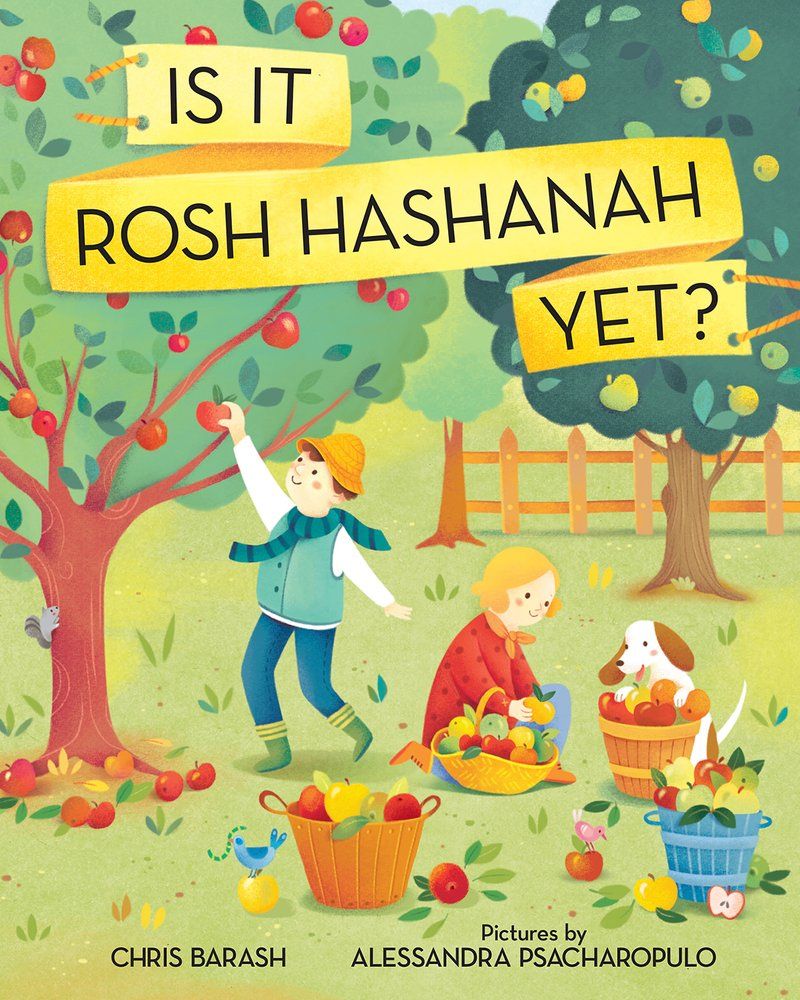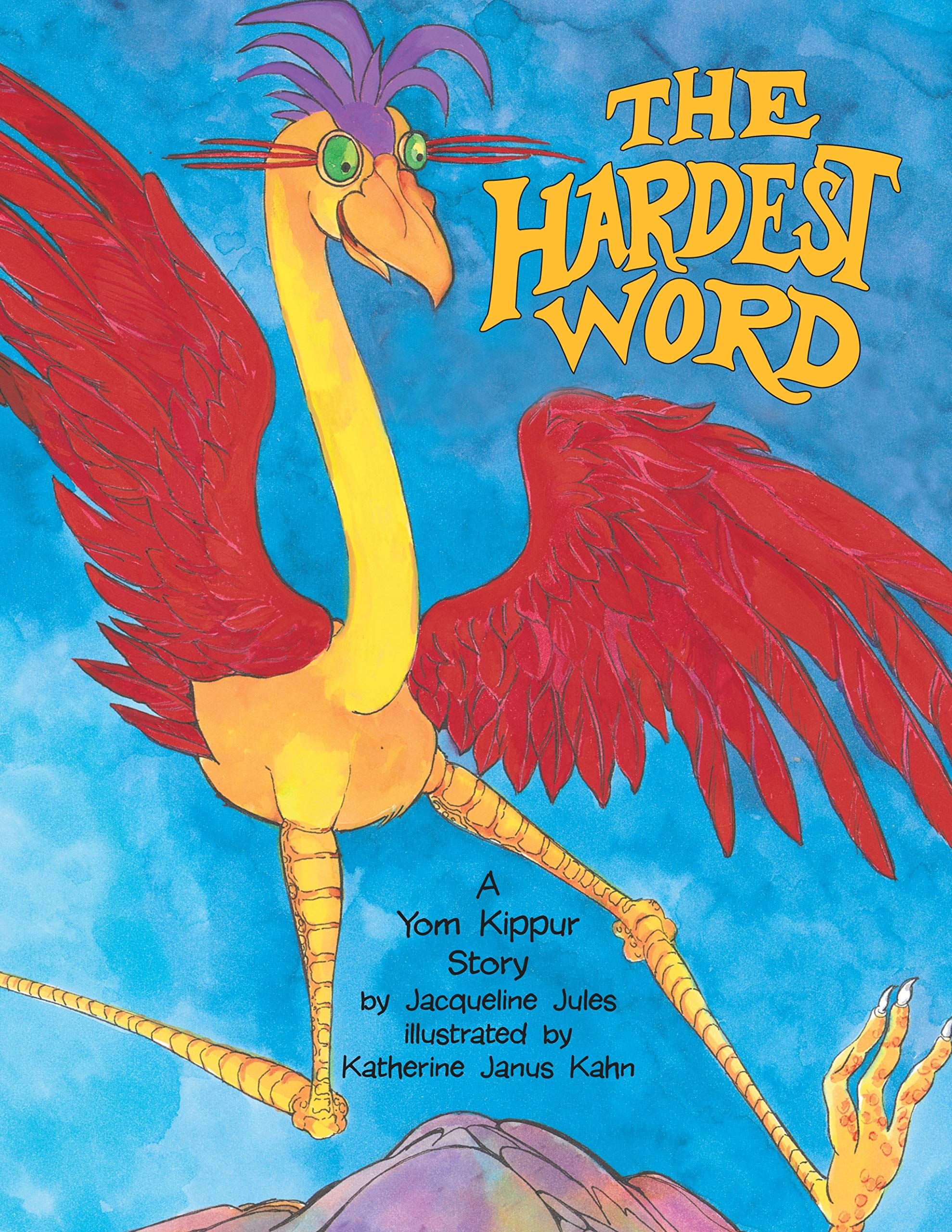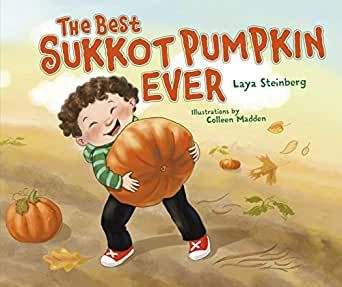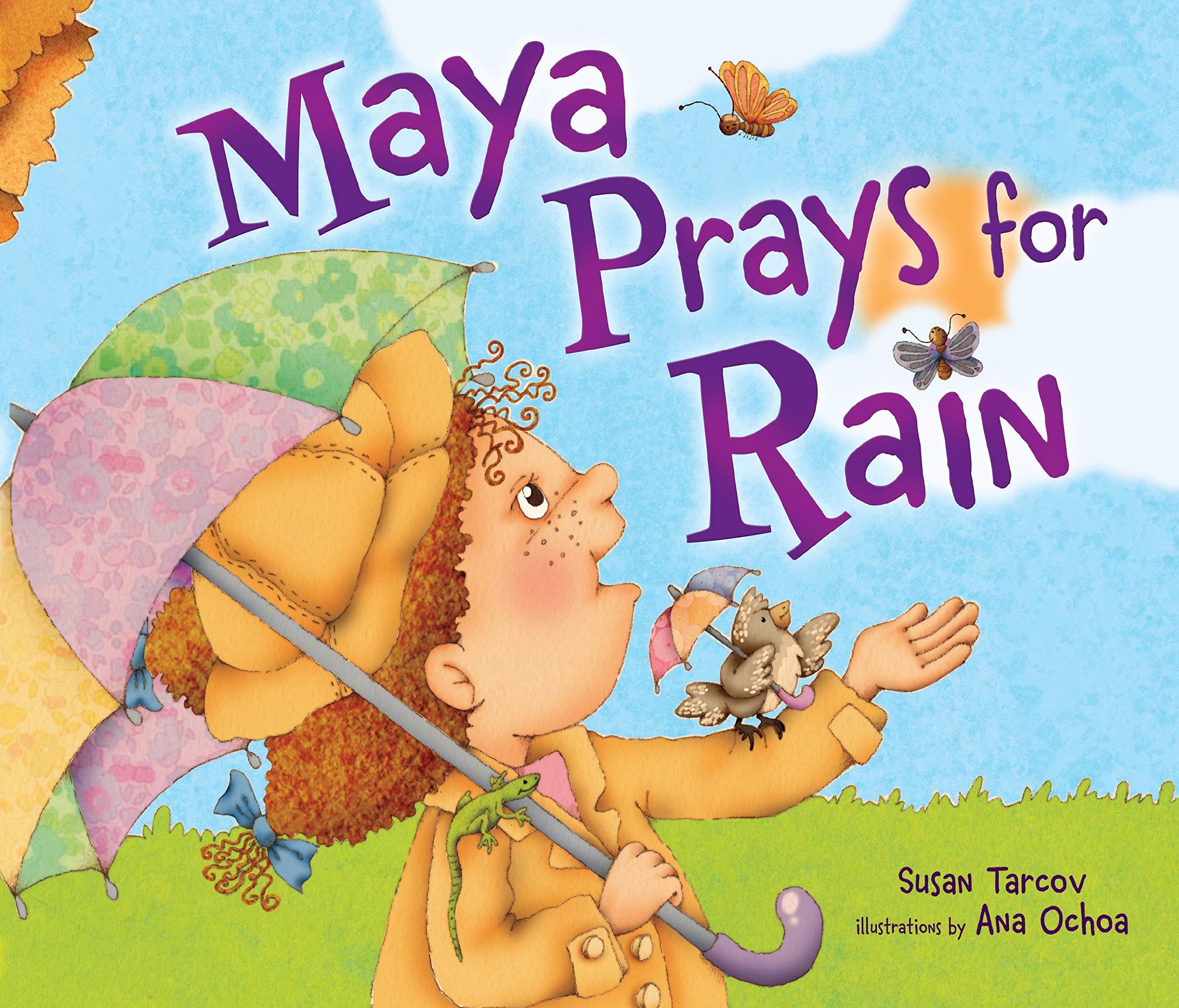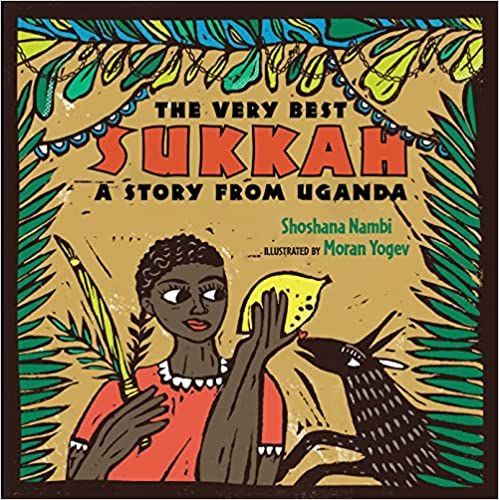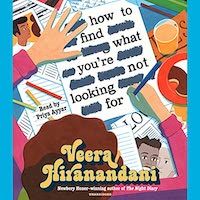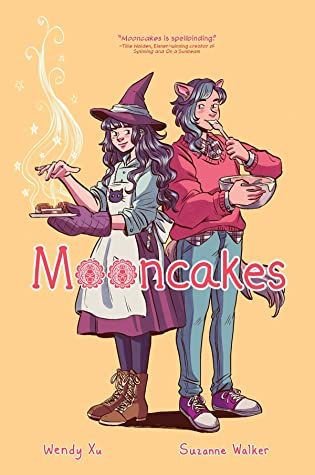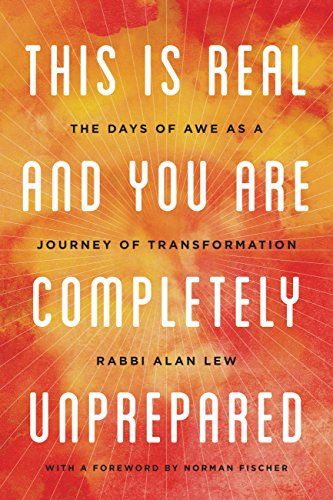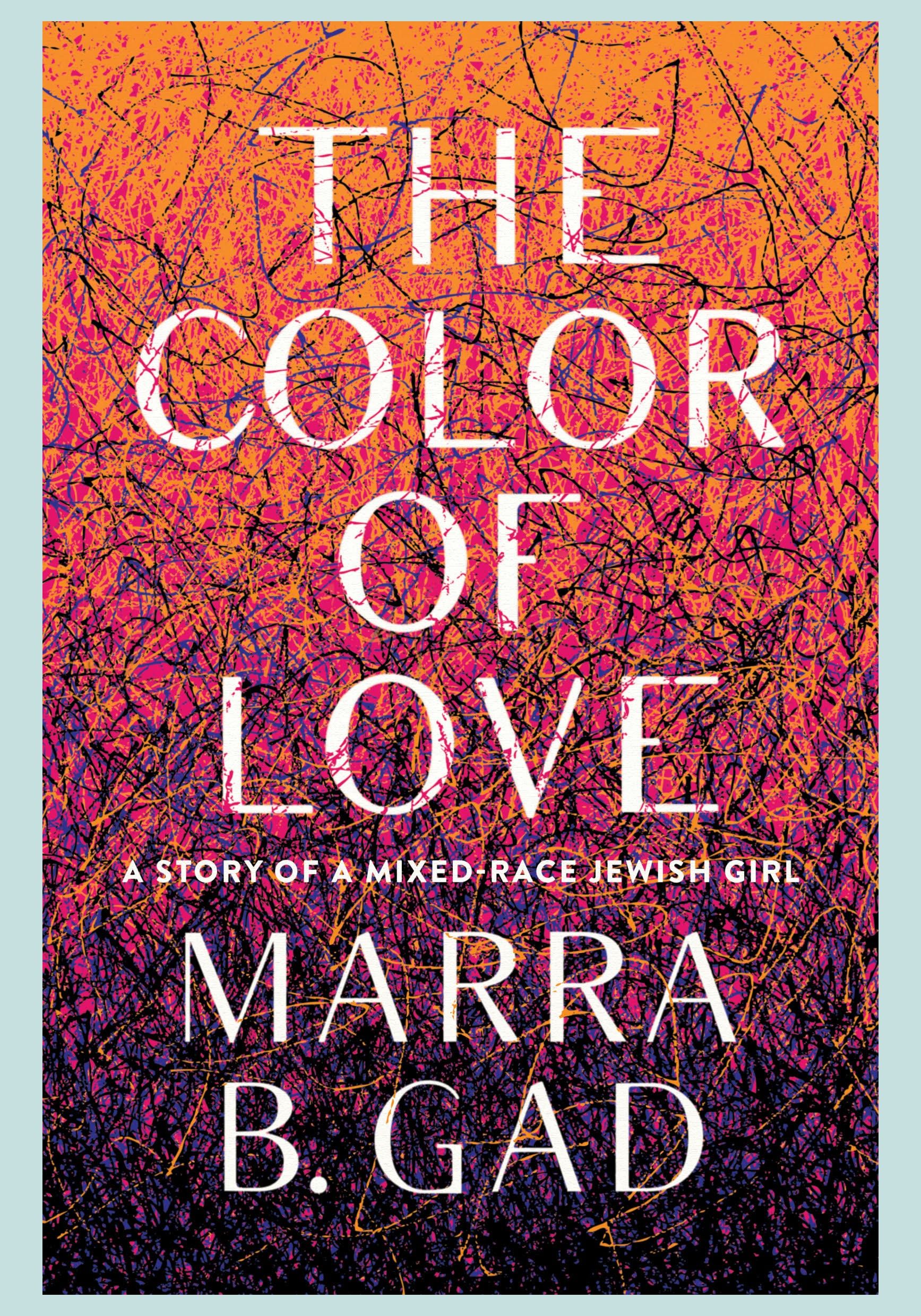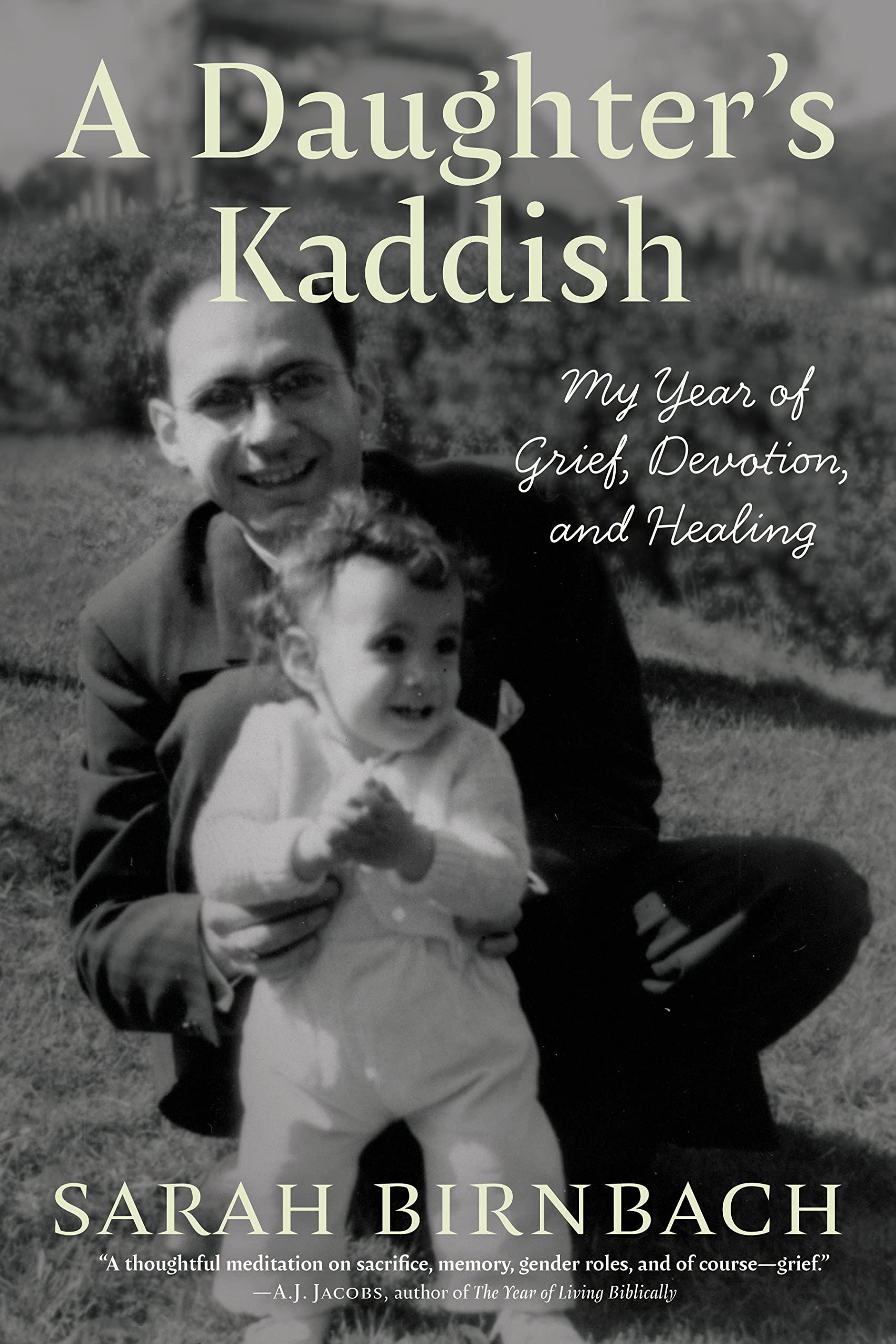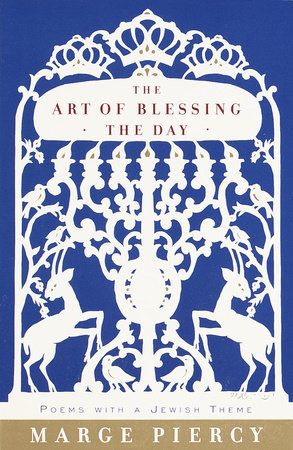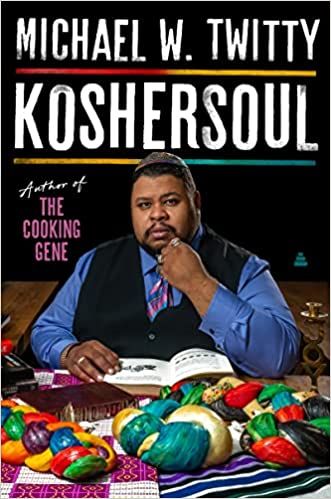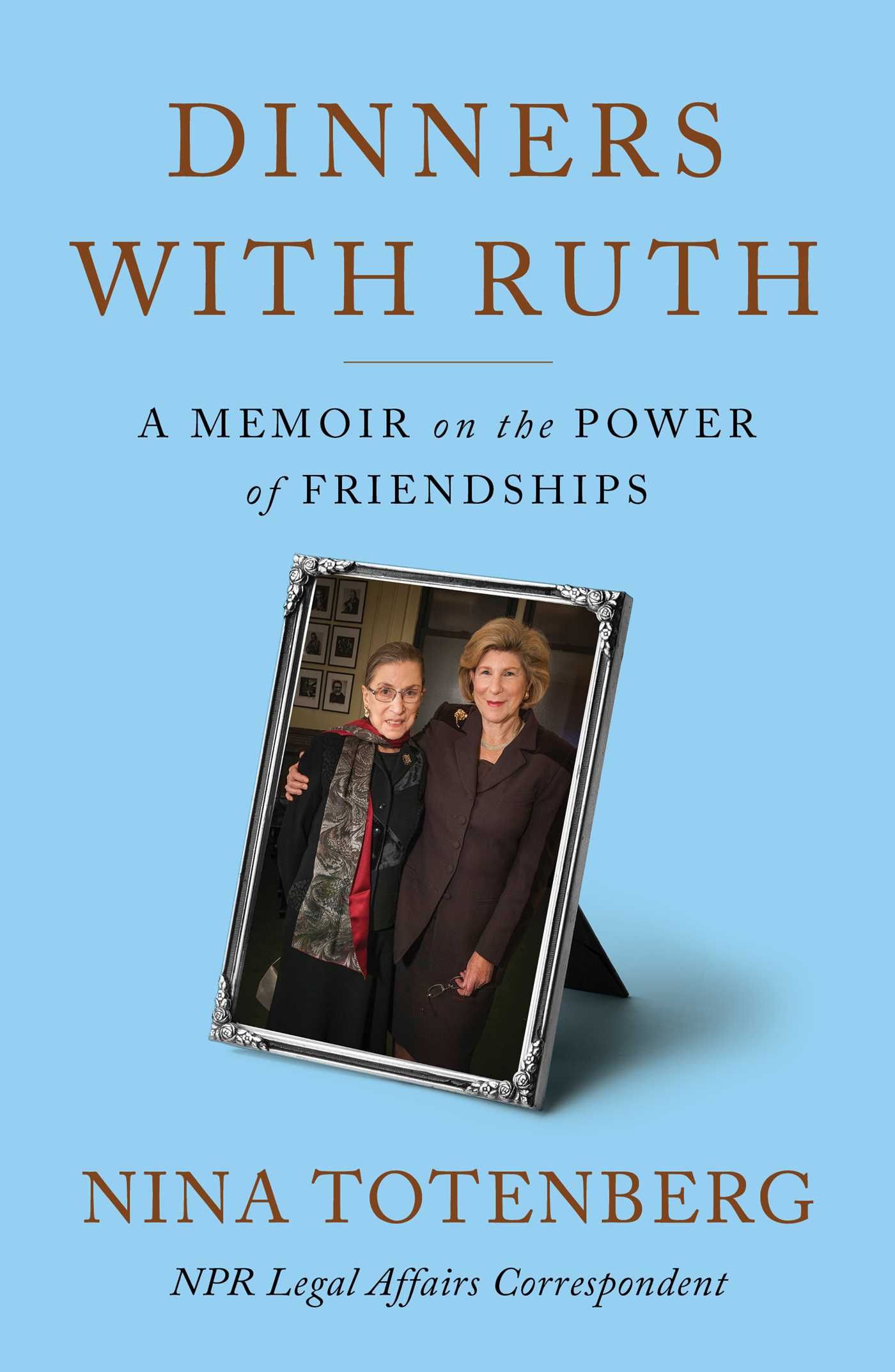The evening of September 25th marks the start of the Jewish holiday of Rosh Hashanah, and 10 days later is Yom Kippur. These two holidays comprise what are known as the High Holidays, also called the High Holy Days. Rosh Hashanah is the Jewish New Year, or the first two days of the Jewish month of Tishrei, the first month of the Jewish calendar, and Yom Kippur is the Day of Atonement. The Days of Awe include both holidays and all the days in between them, and during this time, it is customary to reflect on the meaning of the holidays, and ask forgiveness from those you’ve wronged. On Yom Kippur you fast during the day, but on Rosh Hashanah, it’s customary to eat apples dipped in honey (and wish each other a “sweet new year”), pomegranates (Kabbalistic legend has it that they have 613 seeds, the same amount of mitzvot, or good deeds, commanded of us), honey cake, and dates. A few days after Yom Kippur is the holiday of Sukkot. This isn’t a High Holiday, but it’s a joyful, week-long harvest festival of thanksgiving, when many Jews build little huts that represent the huts the ancient Israelites lived in after escaping slavery in Egypt. While there aren’t really traditional foods per se for this holiday (except kreplach, or stuffed dumplings), many people include lots of fruits and vegetables in their meals. Directly after Sukkot is a two-day holiday called Shemini Atzeret, a day of spiritual celebration, being thankful for harvest, and a prayer for rain for the coming year for the future harvest. The second day of Shemini Atzeret is Simchat Torah, which celebrates the end of the yearly cycle of weekly Torah readings, and the start of the new cycle. It’s a joyful holiday, full of dancing, singing, and fun. Needless to say, for many Jewish people, the fall is a busy time. Family get-togethers, services, dinners, traditional meals and foods — it can feel like a lot. But it can also be a time of recentering, reflection, and joy. I’ve put together a list of books for the High Holidays as well as the other fall Jewish holidays for all ages — children, teens, and adults. Some books are about the holidays explicitly, while others have themes of the holidays. I do want to point out that there is a notable lack of diversity, especially in the children’s books. There is a lack of diversity regarding Sephardic and Mizrahi Jewish customs, as well as authors who are Jews of Color. I’ve seen slow-growing diversity within general Jewish kidlit, but for the High Holidays and fall holidays, this area seems to be lagging, from what I was able to find. In middle grade/YA and adult books, there has started to be more diversity in general, although it still leans highly Ashkenormative. Whether this is a question of antisemitism, racism, or the one-two punch of both within agenting and publishing, I’m not sure. Believe me when I say there is a market for these books. People and communities would love to have these books, but we need publishing to take a chance on them. We need publishing to stand by them and market them. Jewish people of all races, ethnicities, and cultures exist, and representation is important. Jewish does not automatically equal white Ashkenazi, and the time is way overdue for this to be portrayed in popular media, including books. If you’re interested in more books to read about Judaism, try this post about books to read to learn about the religion, and this post about Jewish-American novels.
Children’s Books for the Fall Jewish Holidays
Although many of these do talk about Jewish holidays, the larger themes are ones that many of us grapple with in our everyday lives: forgiveness, the work of relationships, family, repair, and faith. What book will you start with?
